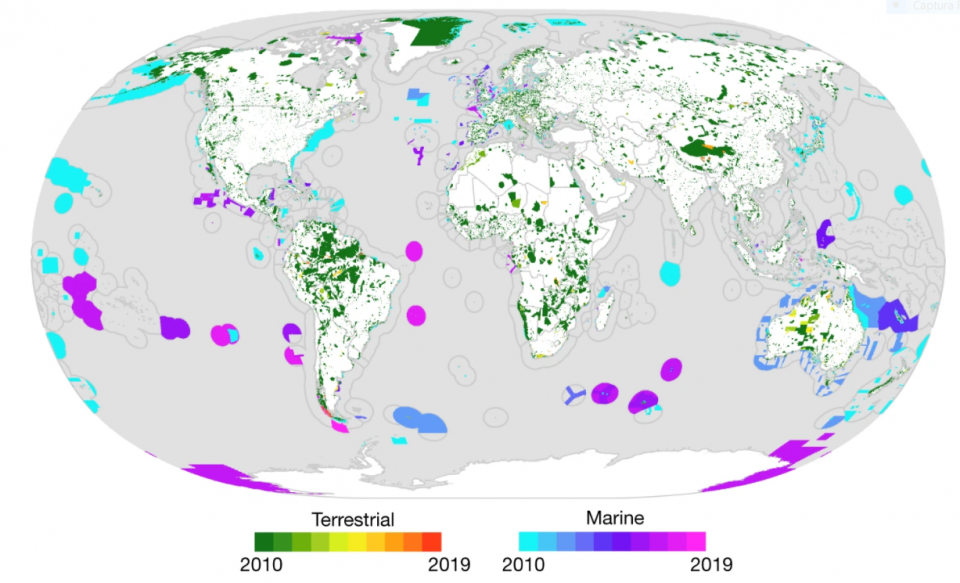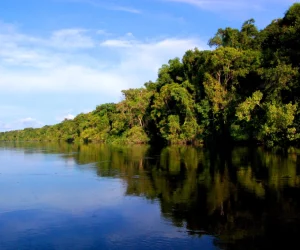Publications > Article
Nature: Area-based conservation in the twenty-first century
Humanity will soon define a new era for nature—one that seeks to transform decades of underwhelming responses to the global biodiversity crisis. Area-based conservation efforts, which include both protected areas and other effective area-based conservation measures, are likely to extend and diversify. However, persistent shortfalls in ecological representation and management effectiveness diminish the potential role of area-based conservation in stemming biodiversity loss. This study shows how the expansion of protected areas by national governments since 2010 has had limited success in increasing the coverage across different elements of biodiversity (ecoregions, 12,056 threatened species, ‘Key Biodiversity Areas’ and wilderness areas) and ecosystem services (productive fisheries, and carbon services on land and sea). To be more successful after 2020, area-based conservation must contribute more effectively to meeting global biodiversity goals—ranging from preventing extinctions to retaining the most-intact ecosystems—and must better collaborate with the many Indigenous peoples, community groups and private initiatives that are central to the successful conservation of biodiversity. The long-term success of area-based conservation requires parties to the Convention on Biological Diversity to secure adequate financing, plan for climate change and make biodiversity conservation a far stronger part of land, water and sea management policies.









